



 Lecture
Lecture
Bio-based aerogels: new eco-friendly porous materials for thermal insulation and controlled release
___________________________________________________________________
___________________________________________________________________
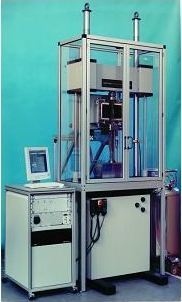
The test platform is a servo-hydraulic machine with the following nominal features :
Exploitation of such a high speed testing facility to measure the actual high strain rate behaviour of a material is often coupled to numerical simulations in order to dissociate the global response into that due the intrinsic material response and that due to inertial effects. For brittle materials, for example, numerical simulation makes it possible to identify the instant at which the homogeneous deformation of the specimen gauge lengths can be verified.
An inverse approach coupled to optimisation tools developed under the ZéBuLoN finite element code can then provide a robust identification of the material parameters of the proposed material laws.
The development of a mechanical test platform at high strain rates at the Centre des Matériaux responds to a growth in the demand for high-speed tests on the part of our industrial partners such as those in the automobile industry and its subcontractors (Renault, PSA, Plastic Omnium, etc.), the aeronautical industry (EADS, Airbus), and the energy and transport sectors (EDF, Europipe, Total, Institut Français du Pétrole, Atofina, Coflexip, etc.). The clear aim is firstly to reduce the time required for the development phase of a new product and secondly, to enable a more accurate prediction of reliability and durability. These objectives are obtained on the basis of the development of predictive simulation tools whereby materials can be chosen for the various components according to applied mechanical loading conditions.
The development of such simulation tools involves an indispensable phase which is the experimental description and modelling of the behaviour of a wide range of materials. Many applications require knowledge of the materials behaviour for a range of strain rates varying from 0.01 to several hundred s-1. An example of this are the conditions prevailing in crash-tests performed by the automobile industry. The non-linearity of the relationship between a material stress-strain response and strain rate (illustrated in the figures herewith) does not permit a sound extrapolation of the quasi-static response of materials and requires experimental determination. It is in response to this strong industrial need that a specific experimental procedure has been developed at the Centre des Matériaux to underpin the development of elastoviscoplastic constitutive laws for structural materials.
By virtue of its expertise and the diversity of its research themes, the Centre des Matériaux can boast of substantial experience in the modelling of the behaviour of metallic materials, composites, elastomers, polymers and metallic foams. At present, constitutive modelling of metallic materials and composites at high strain rates accounts for a substantial part of the research work conducted using this equipment.
___________________________________________________________________
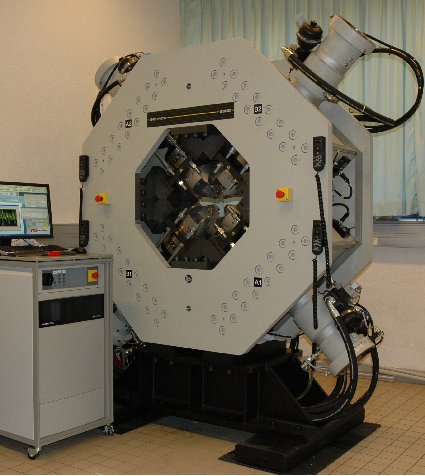
The cruciform biaxial fatigue machine is one of the components of the Île-de-France Third Generation Mechanical Experimentation Platform set up as part of a research project carried out by the Paris Federation of Mechanics and Materials.
___________________________________________________________________
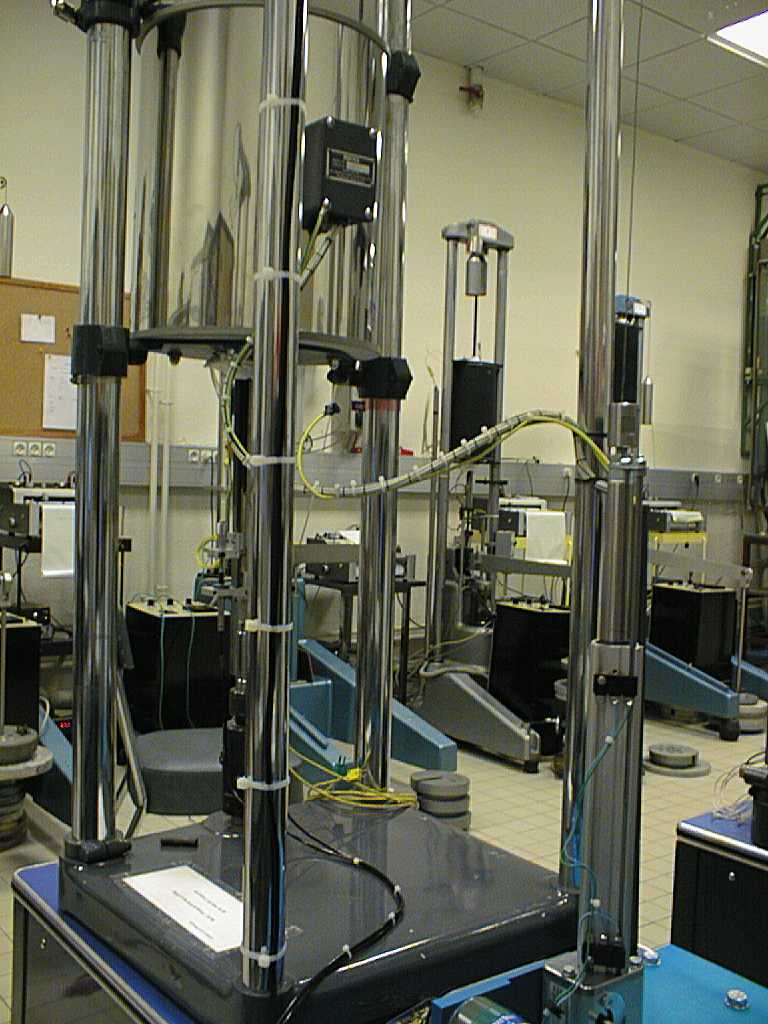
A room dedicated to creep testing machines houses 8 identical machines.
___________________________________________________________________
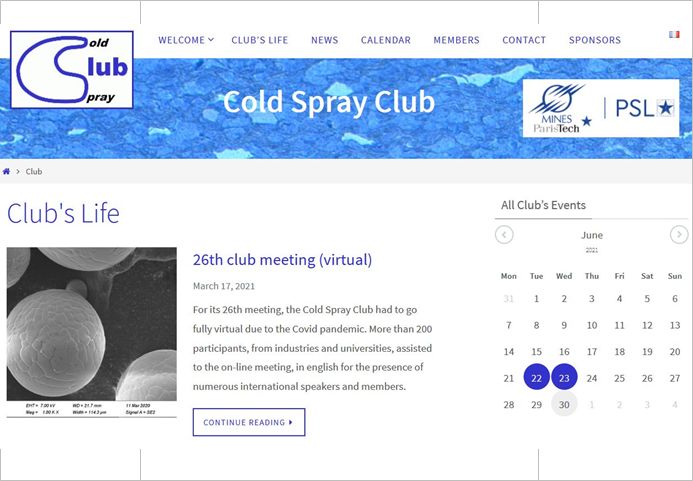
A new version of the COLD SPRAY CLUB website is now…
The COLD SPRAY CLUB concerns laboratories, technology…
> En savoir +

Formation
A MINES ParisTech PhD student awarded at the…
Josiane Nguejio, PhD student at Centre des Matériaux…
> En savoir +

Recherche
The FEMS Lecturers 2014-2015 include Henry PROUDHON
Lecturer Series This is a scheme which sponsors selected…
> En savoir +
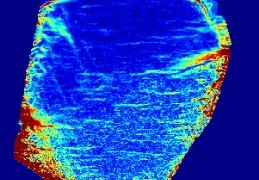
Recherche
award for a team of Centre des Matériaux
Nicolas Gueninchault who work in teams M2 and COCAS with Henry…
> En savoir +
Recherche
The SF2M award three medals to doctors of the centre des…
The medal Réaumur is given by SF2M, each two…
> En savoir +
